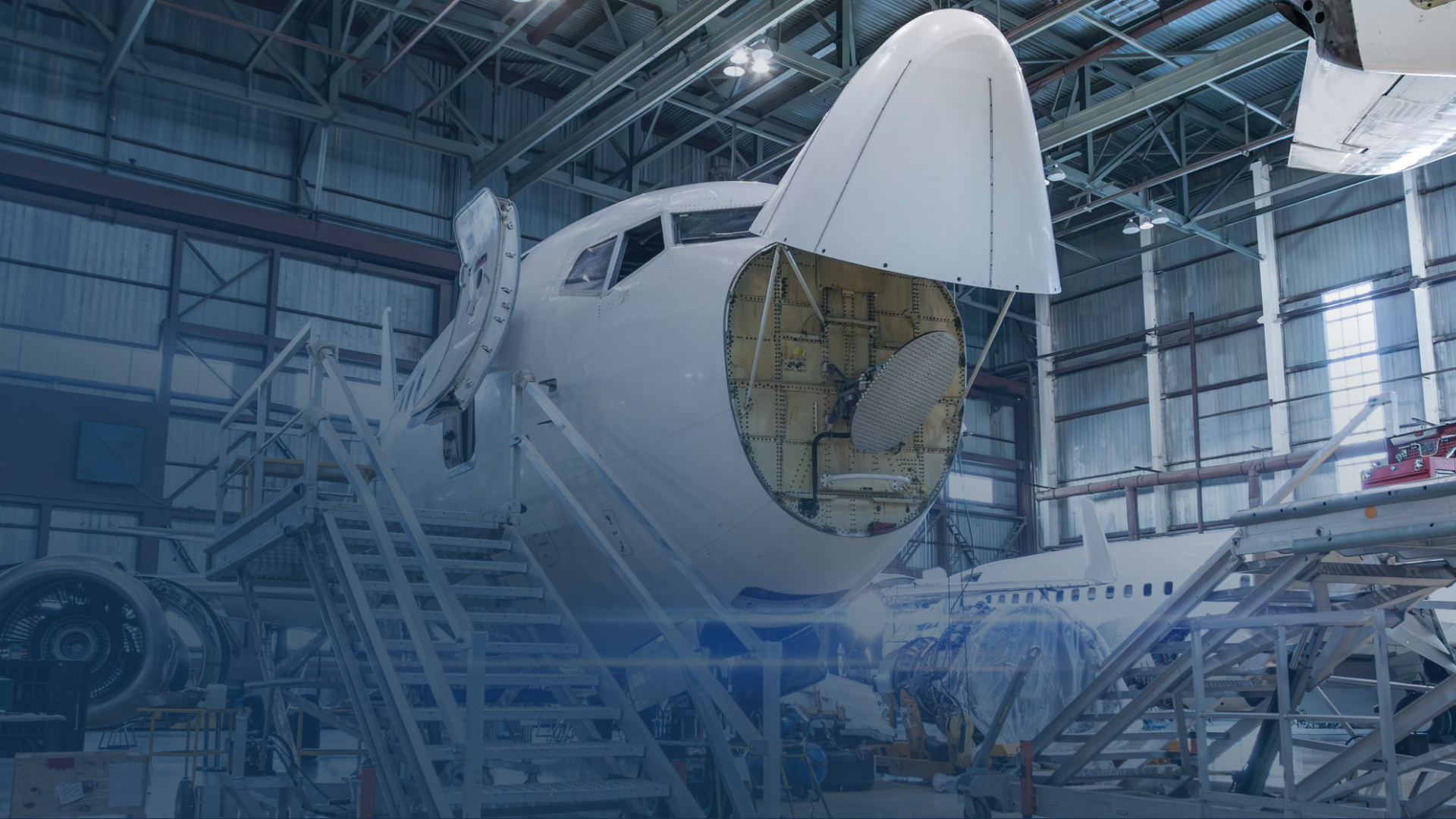
Introduction
In ERP consulting, success depends on governance, structure, and disciplined execution.
For this U.S.-based manufacturing group with operations in aerospace, gear production, and industrial automation, modernization was not optional — it was essential. Operating for decades on an outdated BaaN IVc2 system, the company sought a unified Infor LN environment capable of supporting growth, automation, and digital scalability across all subsidiaries.
1) Context & Challenge
The client, a mid-sized manufacturing group headquartered in Michigan, managed multiple subsidiaries under different operational models. Their legacy ERP — a 20-year-old BaaN IVc2 installation on HP-UX and Informix — had become a critical limitation.
Key challenges included:
- Unsupported legacy infrastructure posing significant operational risk.
- Manual, paper-based workflows reducing efficiency and traceability.
- Disconnected data models hindering reporting and decision-making.
- Lack of process standardization across business units.
The goal was clear: replace the legacy systems with a single Infor LN CloudSuite Industrial Enterprise platform that would standardize processes, improve real-time visibility, and enable future digital initiatives — from automation to integrated analytics.
2) Our Approach & Key Deliverables
Our consulting team followed a structured, multi-phase methodology to ensure predictability and adoption across all sites.
Key steps included:
- Process Discovery & MoSCoW Prioritization: Joint workshops identified and ranked requirements across Finance, Logistics, Engineering, and Sales.
- Future-State Process Modeling: Defined target workflows aligned with Infor best practices to create clarity and user alignment.
- Fit-Gap Analysis: Compared legacy capabilities against LN’s standard features, reducing unnecessary customization.
- Comprehensive Documentation: Created traceability matrices and detailed process blueprints to ensure alignment and transparency.
Core processes implemented:
- Prospect to Cash (sales, order management, invoicing)
- Procure to Pay (procurement, goods receipt, vendor invoicing)
- Plan to Produce (MRP, scheduling, production execution)
- Receive to Ship (warehouse, logistics, and shipping)
- Record to Report (finance and accounting cycles)
Supporting Technologies:
Infor ION for integration and BPM, Infor IDM for document management, and Project Control Structures (PCS) for cost tracking — all forming a cohesive, scalable ecosystem.
3) Risks, Challenges & Lessons Learned
The project faced several inherent challenges — from fragmented legacy data to differing business cultures across entities.
Main challenges and resolutions:
- Legacy Process Fragmentation: Standardized all core processes under unified global models.
- Cross-Entity Misalignment: Introduced a shared PCS structure and global item master to harmonize operations.
- Complex Integration Requirements: Delivered ION-based workflows and RESTful APIs ensuring seamless communication.
- Go-Live Readiness: Adopted a phased approach, focusing on stability and user adoption before expansion.
Lessons learned:
- A clear future-state vision and early stakeholder alignment are essential.
- Standard Infor capabilities should be leveraged before customization.
- Continuous documentation ensures knowledge retention.
- Phased rollouts by entity or function reduce risk and support smoother adoption.
4) Results & Impact
By the end of the program, the client had successfully transitioned from a fragmented, unsupported system to a modern, cloud-ready Infor LN platform.
Tangible results included:
- Full replacement of legacy BaaN ERP with Infor CloudSuite Industrial Enterprise (LN 10.6).
- Standardized end-to-end processes across all U.S. divisions.
- Improved inventory visibility, cost tracking, and reporting transparency.
- Digital document management and streamlined approval flows via Infor IDM.
- Established a future-proof architecture supporting growth, automation, and compliance.
These outcomes not only stabilized daily operations but also created a foundation for continuous improvement and cross-entity collaboration.
5) Conclusion
This transformation marked more than a system upgrade — it represented a strategic realignment toward visibility, scalability, and efficiency.
Through structured governance, collaboration, and disciplined execution, the consulting team helped the client modernize its digital core while preserving operational continuity.
The result: a predictable, transparent ERP environment that empowers the company’s next decade of innovation and growth — built on the principles of trust, structure, and measurable impact.

